Engaged students aren’t just participants—they’re partners. This month, we’re diving into Collaborative Program Design, a skill that transforms programs from being for youth to being with youth. By inviting students to co-create learning experiences, we unlock their leadership, creativity, and investment in the process and improve outcomes.
Let’s level up by shifting from delivering programs to students to designing programs with them.
Let’s build the skill together!
Build the Skill:
Collaborative Program Design

- Interest Inventory: Start each programming cycle with youth completing a “Program Designer Profile” where they rate activities, identify learning goals, and suggest new program elements. Use a simple 1-5 scale and open-ended prompts.
- Planning Partners: Create monthly “Co-Design Teams” where 2-3 youth partner with staff to plan upcoming activities. Provide a visual planning template and dedicated preparation time during regular program hours.
- Feedback Flow: Implement “Quick Pulse” surveys at the end of each week – three questions about what worked, what didn’t, and what they’d like to try next. Display trending responses on a visible tracking board.

- Assumed Interests: Planning full units without youth input- instead, create flexible module outlines that youth help adapt and modify based on their interests and goals.
- Limited Options: Offering either/or choices- develop a “Choice Matrix” system where youth can mix and match activity elements to create personalized learning experiences.

Creating & Sustaining Youth-Adult Partnerships Manual:
This manual identifies the six most important questions that groups have to ask and answer in order to design high-quality Youth-Adult Partnerships.

(Visited 10 times, 1 visits today)




